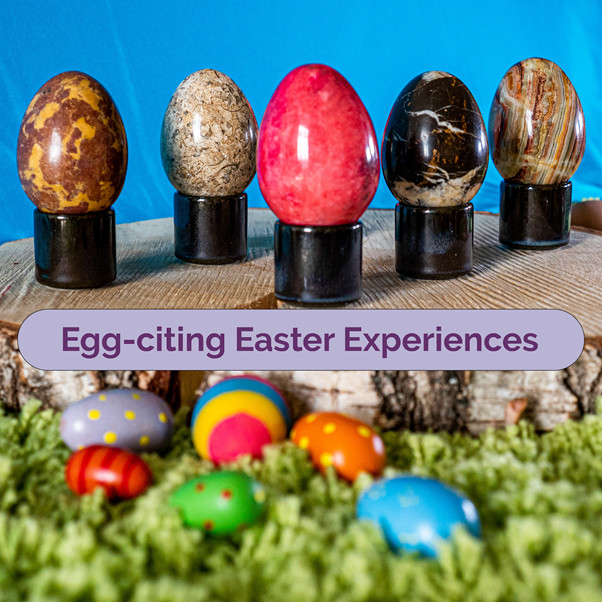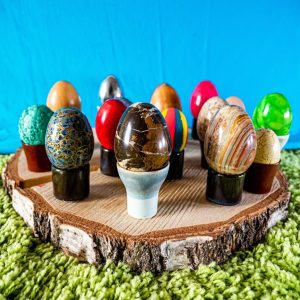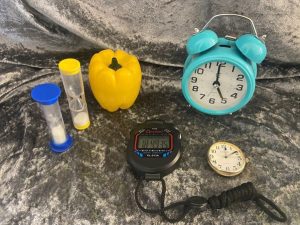Good Friday


Today marks this year’s Good Friday. Regardless of religion and personal belief, the Christian holiday of Easter is widely acknowledged and celebrated across the UK and the global West. Many of the children in our early years settings are likely to have noticed the presence of chocolate eggs on supermarket shelves, and may have even participated in some Easter traditions at home with their families.
Easter can provide a starting point for many curious conversations with young children. By facilitating experiences such as Easter egg hunts, and egg decorating, we allow children to activate their imagination, and inquisition, and we are also able to give explanations for why we associate these types of objects and activities with this time of year.
Egg Hunt
An egg hunt is a great way to encourage children’s curiosity and discovery. Try wrapping eggs in pieces of cloth and fabric, and hiding them around your setting for children to discover throughout the day. In keeping with health and safety regulations, the eggs you hide do not have to be chocolate. It can be equally, if not more beneficial to use ceramic eggs in different patterns, colours and sizes, as this will give children the opportunity to compare their observations and use descriptive language to highlight contrasts in the variety of eggs they find.
Wrapping these eggs adds an additional level of excitement, as they peel away the material, to reveal another new visual.
Creating a mysterious experience will ignite the curiosity of young children, and allow them to investigate and to make new discoveries. Whilst the children are searching for eggs, we can support their inquisition with questions that activate their higher order thinking skills. For example:
- “Wow! This egg has a different pattern from the last one we found. The other egg is covered with spots, what type of pattern does this one have?”
- “Do you think we can place the eggs in order of size, or colour? How else could we order the eggs?”
- “Does anyone know where eggs come from? Do you think these eggs came from a hen?”
Roll-a-thon
Looking for other Easter experiences? Why not try setting up a Roll-a-thon? Let the children explore the setting, looking for anything that they think will roll. This could be anything from tubes, to balls, and they might even decide to make their own rollable items by creating their own spheres out of crepe paper or tinfoil. Then add some boiled eggs into the mix (again, making sure to be aware of allergens).
Once the children have selected their rollable items, invite them to try rolling different objects from the collection. Try rolling the objects on different materials, from a carpet, to wood floors, and even outside.
This is a great opportunity for children to use their predictive skills. Ask them each time before they roll an item how far they think it will roll and how long they think it will roll for. To help them visualise the results, you can place stickers at the distance they predict, and compare how far the item actually rolls. Why not use a timer or stopwatch to encourage discussions are speed and length of time. You could also measure how far each of the rollable items travel using a measuring tape.
Once the children have investigated the objects rolling abilities, why not ask them which other movements they could try? Bouncing, spinning, throwing and catching… All of these movements are hugely beneficial to children’s development of fine and gross motor skills.
If appropriate for your setting, conversations can also be opened up to include discussions about Easter, by relating the eggs to the rolling of the stone in the resurrection story. The key is to create experiences which allow children to be excited and engaged in their exploration and discoveries, as this active experience is when learning is most effective. Practitioners can take advantage of national celebrations and holidays as a way of linking to children’s developing awareness of the world around them.


